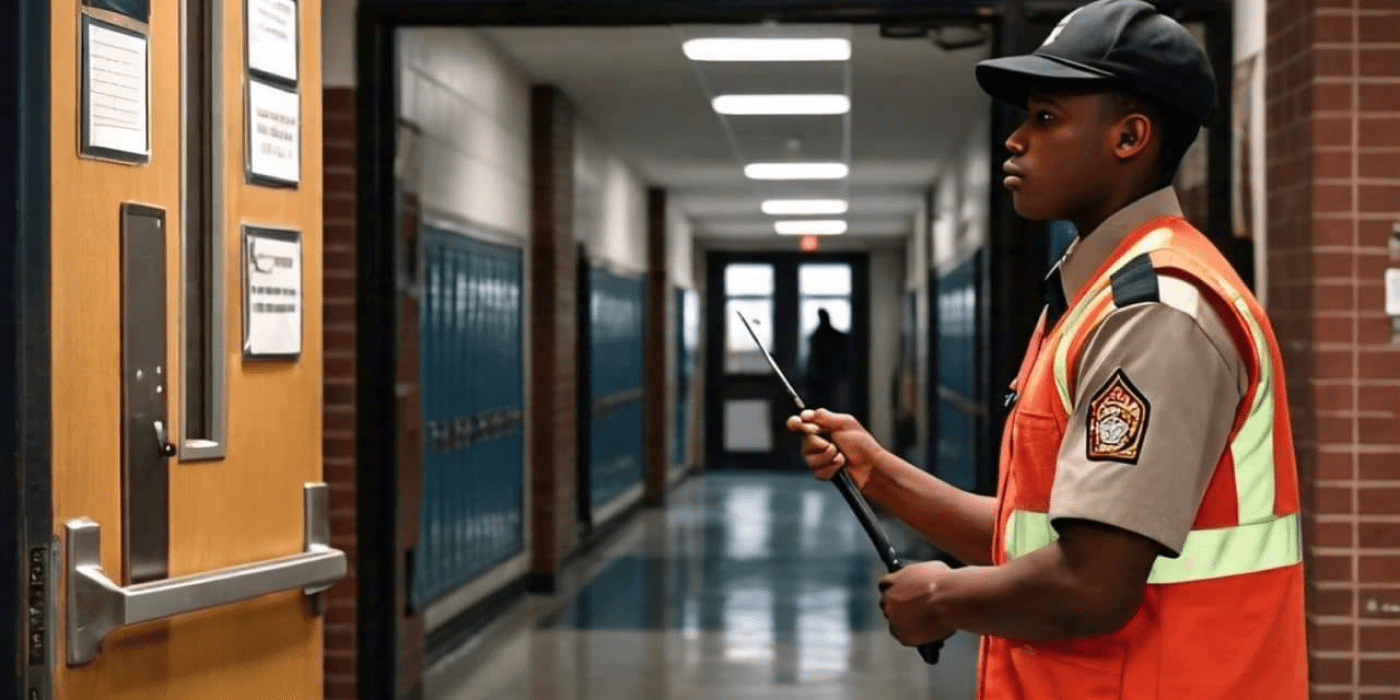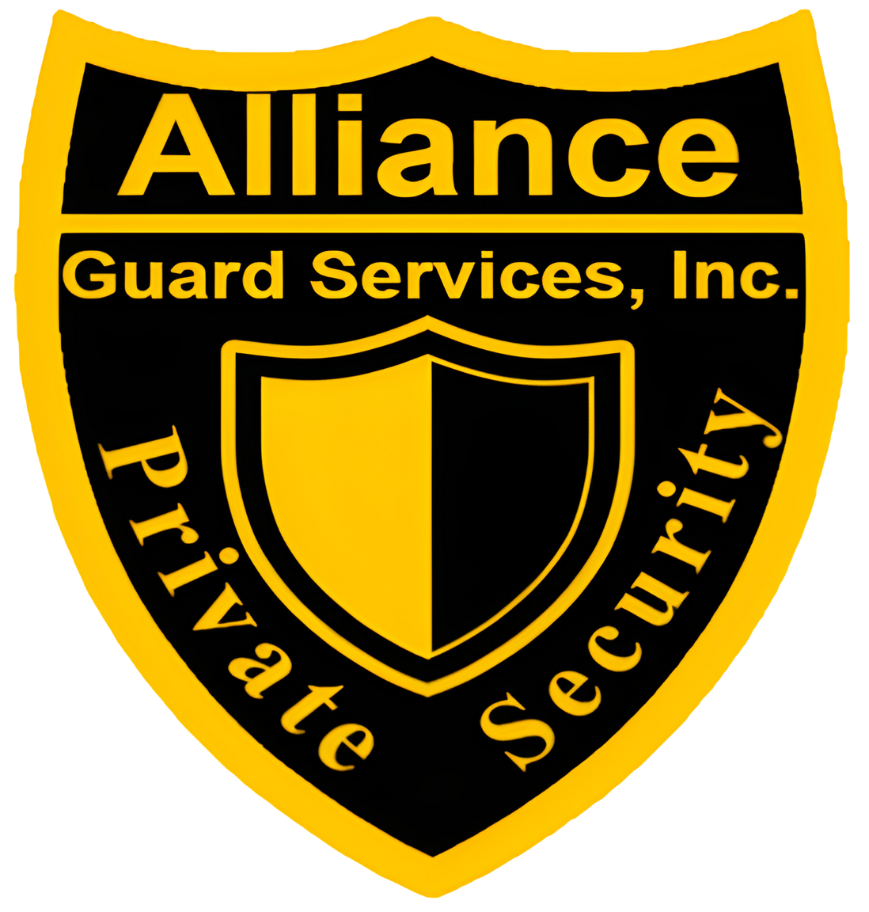School Safety and Security
In today’s world, ensuring the safety and security of students, staff, and visitors within educational institutions is paramount. With rising concerns about various threats and emergencies, schools must implement comprehensive measures to protect everyone within their premises.
Importance of School Safety Measures
-
Protecting Students and Staff
The primary goal of school safety measures is to safeguard the well-being of students and staff members. By implementing security protocols and procedures, schools aim to create a secure environment where individuals can focus on learning without fear or distraction.
-
Creating a Positive Learning Environment
Moreover, school safety measures contribute to the creation of a positive learning environment. When students feel safe and supported, they are more likely to thrive academically and emotionally. Safety and security initiatives play a crucial role in fostering a sense of belonging and trust within the school community.
Components of School Safety and Security
Ensuring school safety and security involves various components that work together to mitigate risks and respond effectively to emergencies.
-
Physical Security Measures
Physical security measures encompass strategies and technologies designed to control access to school buildings and grounds. This may include the installation of access control systems, surveillance cameras, and the presence of security personnel.
-
Emergency Preparedness Plans
Schools must have comprehensive emergency preparedness plans in place to address a wide range of potential threats, including natural disasters, intruders, and other emergencies. These plans should include procedures for evacuation, lockdowns, and communication protocols.
-
Mental Health Support
In addition to physical security measures and emergency preparedness plans, schools must prioritize mental health support for students and staff. This includes providing access to counseling services, implementing social and emotional learning programs, and establishing crisis intervention teams.
Implementing Physical Security Measures
To enhance school safety, institutions can implement various physical security measures.
-
Access Control Systems
Access control systems regulate entry to school buildings by requiring individuals to present credentials or use electronic key cards for access. This helps prevent unauthorized entry and enhances overall security.
-
Surveillance Cameras
Surveillance cameras are essential tools for monitoring school premises and deterring potential threats. High-quality cameras strategically placed throughout the campus provide valuable visual information to school administrators and law enforcement in the event of an incident.
-
Security Personnel
Having trained security personnel onsite can further bolster school security efforts. Security guards can patrol the premises, monitor surveillance feeds, and respond promptly to any security concerns or emergencies.
Developing Emergency Preparedness Plans
Effective emergency preparedness plans are critical for schools to respond swiftly and effectively to various emergencies.
-
Conducting Drills and Training
Regular drills and training sessions are essential for ensuring that students, staff, and administrators know how to respond to different emergency scenarios. These drills help familiarize everyone with evacuation routes, emergency procedures, and communication protocols.
-
Establishing Communication Protocols
Clear and effective communication is vital during emergencies. Schools must establish communication protocols that ensure timely dissemination of information to students, staff, parents, and emergency responders.
-
Collaborating with Emergency Services
Schools should establish partnerships with local emergency services, including law enforcement, fire departments, and medical professionals. Collaborating with these agencies enhances coordination and facilitates a rapid response to emergencies.
Providing Mental Health Support
In addition to physical security measures and emergency preparedness plans, schools must prioritize mental health support for their community members.
-
Counseling Services
Offering access to counseling services allows students and staff to seek support for various mental health concerns, including stress, anxiety, and trauma. School counselors play a crucial role in providing guidance and assistance to those in need.
-
Social and Emotional Learning Programs
Social and emotional learning (SEL) programs promote the development of essential skills such as self-awareness, empathy, and responsible decision-making. By incorporating SEL into the curriculum, schools help students build resilience and develop positive relationships.
-
Crisis Intervention Teams
Establishing crisis intervention teams comprised of trained professionals enables schools to respond effectively to mental health crises. These teams can assess individuals in distress, provide immediate support, and coordinate referrals to appropriate resources.
Challenges in Ensuring School Safety
Despite efforts to enhance school safety, several challenges remain.
-
Balancing Security with Privacy
Schools must strike a balance between implementing security measures and respecting the privacy rights of students and staff. Finding the right balance can be challenging, as overly intrusive security measures may create a sense of discomfort or distrust.
-
Addressing Budget Constraints
Limited financial resources can pose significant challenges to implementing comprehensive school safety measures. Schools must prioritize spending and seek creative solutions to address security needs within budget constraints.
-
Responding to Evolving Threats
The landscape of threats facing schools is constantly evolving, requiring institutions to adapt and respond accordingly. Schools must stay vigilant and proactive in identifying emerging threats and implementing effective countermeasures.
Strategies for Enhancing School Safety
To enhance school safety, institutions can adopt various strategies.
-
Engaging the School Community
Creating a culture of safety requires active involvement from the entire school community, including students, parents, teachers, and administrators. By fostering open communication and collaboration, schools can identify potential risks and implement effective solutions.
-
Continuous Evaluation and Improvement
Schools should regularly assess their safety and security measures to identify areas for improvement. This may involve conducting security audits, gathering feedback from stakeholders, and implementing changes based on lessons learned from past incidents.
-
Utilizing Technology
Advancements in technology offer new opportunities for enhancing school safety. From mobile apps for reporting incidents to advanced surveillance systems with analytics capabilities, technology can help schools better monitor and manage security threats.
Conclusion
School safety and security are paramount concerns for educational institutions. By implementing comprehensive measures that encompass physical security, emergency preparedness, and mental health support, schools can create a safe and supportive environment where students can thrive academically and emotionally.
FAQs About school security
1) How can schools balance security measures with maintaining a welcoming environment?
Schools can achieve this balance by involving stakeholders in decision-making, implementing non-intrusive security measures, and fostering a culture of inclusivity and trust.
2) What role do parents play in enhancing school safety?
Parents can support school safety efforts by staying informed about school policies and procedures, participating in safety drills, and engaging in open communication with school administrators.
3) What steps can schools take to address mental health concerns among students?
Schools can provide access to counseling services, implement social and emotional learning programs, and establish crisis intervention teams to support students’ mental health needs.
4) How often should schools conduct emergency drills?
Schools should conduct emergency drills regularly throughout the academic year to ensure that students and staff are prepared to respond effectively to various emergency scenarios.
5) What resources are available to help schools enhance their safety and security measures?
There are various resources available, including government agencies, nonprofit organizations, and professional associations, that offer guidance, training, and funding opportunities to support school safety initiatives.


